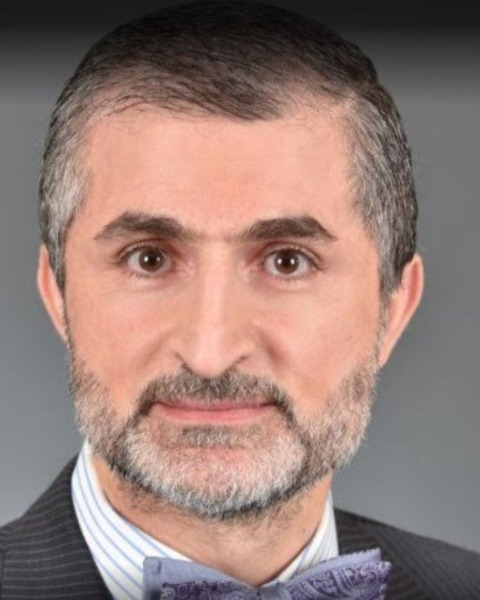SIR 2025
Arterial Interventions
Traditional Poster
3 - Endovascular Retrieval of Pulmonary Intravascular Foreign Bodies in Children

Usama Anwar, MBBS (he/him/his)
Research Fellow
Boston Children's Hospital, Department of Interventional Radiology, United States.jpg)
Kyung Rae Kim, MD (he/him/his)
Pediatric Interventional Radiologist
Boston Children's Hospital, Radiology, United States
Ahmad Alomari, MD
Pediatric Interventional Radiologist
Boston Children's Hospital, United States- HP
Horacio M. Padua, Jr., MD
Pediatric Interventional Radiologist
Children's Hospital Boston, United States 
Raja Shaikh, MBBS
Pediatric Interventional Radiologist
Boston Children's Hospital, United States
Mohammad Amarneh, MD
Pediatric Interventional Radiologist
Boston Children's Hospital, United States- GC
Gulraiz Chaudry, MD
Pediatric Interventional Radiologist
Boston Children's Hospital, United States
Poster Presenter(s)
Author/Co-author(s)
To assess the efficacy and safety of percutaneous pulmonary intravascular foreign body retrieval in children.
Materials and Methods:
In this single-center retrospective study, we analyzed the pediatric patients who underwent pulmonary intravascular foreign body retrieval at our institution between April 2009 and October 2020. We selected nine cases for the study. Data collected from the hospital records included patient demographics, symptoms, type and cause of foreign body embolization, procedural details including diagnostic methods, guidance modality, retrieval devices, and outcomes. Descriptive analyses were performed using IBM Statistical Package for the Social Sciences v29.0.0.0 (241).
Results:
Nine patients (5 males, 4 females) with an average age of 8.56 +/- 4.24 years were studied. Embolized materials were mostly identified via radiography (n=7). Port catheters were the most common foreign body (n=5), with catheter disconnection being the most common (n=4) cause of embolization. Right femoral vein was the most common (n=6) access site, employing ultrasound and fluoroscopy for guidance. Retrieval sheath size ranged from 4-14 Fr. Snares were the predominant (n=8) retrieval device. The success rate of the procedures was 100%, with minimal complications.
Conclusion:
Percutaneous retrieval of embolized foreign bodies in children is effective and safe, with high success rates and low complication rates. Embolization of foreign bodies like coils and catheters into pulmonary vasculature is not very common but potentially life-threating. Minimally invasive approaches like endovascular retrieval of foreign bodies in the pulmonary vasculature can be used as a safe and efficient procedure in pediatric population.


.jpg)